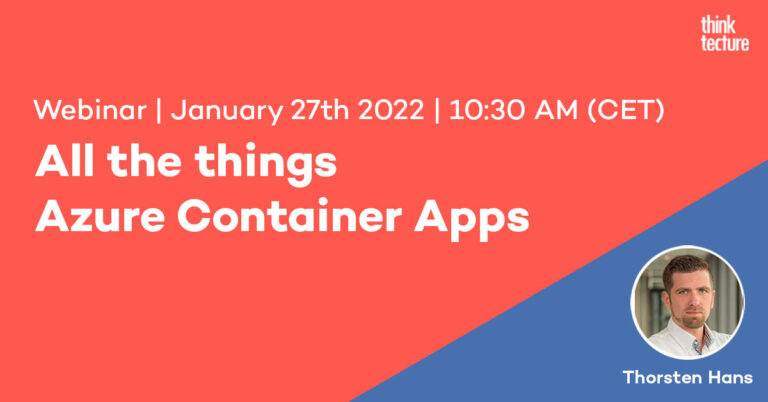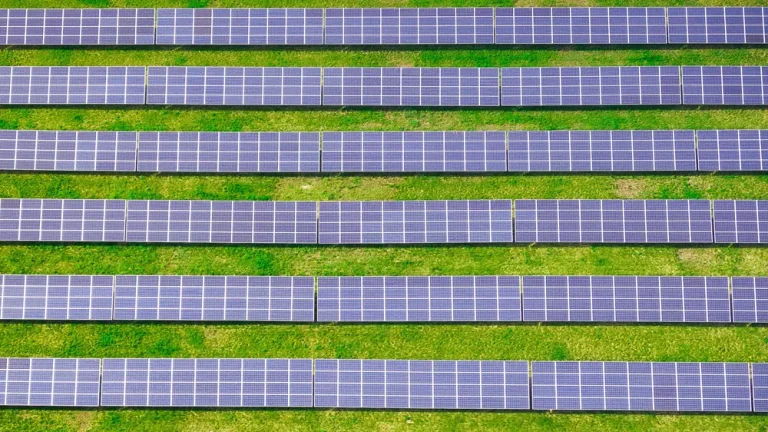March 11, 2021 |
- 10:30 AM (CET)
- Christian Liebel
Webinar: Angular Performance: Your App at the Speed of Light
What doesn't load in two seconds will never be accessed again: User expectations for web application performance are steadily increasing. After a web application loads, it needs to feel fast and fluid in order for the user to achieve their goal.
In his webinar on March 11th 2021, Christian Liebel uncovered Angular’s most important optimization options (Zone.js, Change Detection, and Service Workers) so that you can ignite the turbo for your Angular app!
Christian Liebel is consultant at Thinktecture, focuses on web standards and Progressive Web Applications, and is Thinktecture’s representative at the W3C.
Moderation

Gøran Homberg
Gøran Homberg is Consultant at Thinktecture and works with our clients on requirements engineering, project definition, and project management.
Agenda
- Run performance-critical code outside the NgZone.
- Protect components from too frequent queries with the OnPush strategy.
- Load only the code you need thanks to lazy loading
- Reduce loading times with the service worker
- Q&A
Webinar Recording
Links from the Webinar:
Webinar Slidedeck
Upcoming Webinars: Register now!
No results found.
No results found.
Latest Webinar Recordings
Thinktecture Team | August 26, 2021 | 4:00 PM (CET)
Thinktecture Team | April 29, 2021 | 10:30 AM (CET)
More articles about Angular, Performance
Angular

If you previously wanted to integrate view transitions into your Angular application, this was only possible in a very cumbersome way that needed a lot of detailed knowledge about Angular internals. Now, Angular 17 introduced a feature to integrate the View Transition API with the router. In this two-part series, we will look at how to leverage the feature for route transitions and how we could use it for single-page animations.
15.04.2024
Angular

Making our Angular modules configurable is essential in building a reusable architecture. But in the recent past, Angular presented us with its new moduleless future. How does it look now? How can we configure lazy-loaded components? Let's have a look at how we provide our configurations directly.
03.05.2023
Angular

As someone who enjoys the ComponentStore on an average level, I have written simple reactive CRUD logic several times. While storing a vast number of entities in the component state might not be a frequent use case, I will briefly illustrate the usage of the EntityAdapter with the @ngrx/component-store.
14.02.2023
Angular

After introducing the @ngrx/entity package, I am often asked how to manage multiple entity types in the same feature state. While I hope
that the previous part of this article series has made this more apparent, I will further focus on
this question in the following.
07.02.2023
Angular

This three-part series of blogposts is targeted at developers who have already gained experience with NgRx but still manage their collections themselves. In the first part I introduce the Entity Adapter, in the second part I show you how to connect it to NgRx and in the third part how to do it with the Component Store as well.
31.01.2023
Angular

In this article, we will explore how to apply the concept of smart and presentational components with Angular. We will choose a complex-enough target to see all aspects in action, yet understandable and within the scope of this article. The goal is to teach you how to use this architecture in your way. For that, we will iterate through different development stages, starting with the target selection and implementing it in a naive way. After the first development, we will refactor that naive solution into smart and presentational components that are reusable, refactor-friendly, and testable.
23.01.2023









